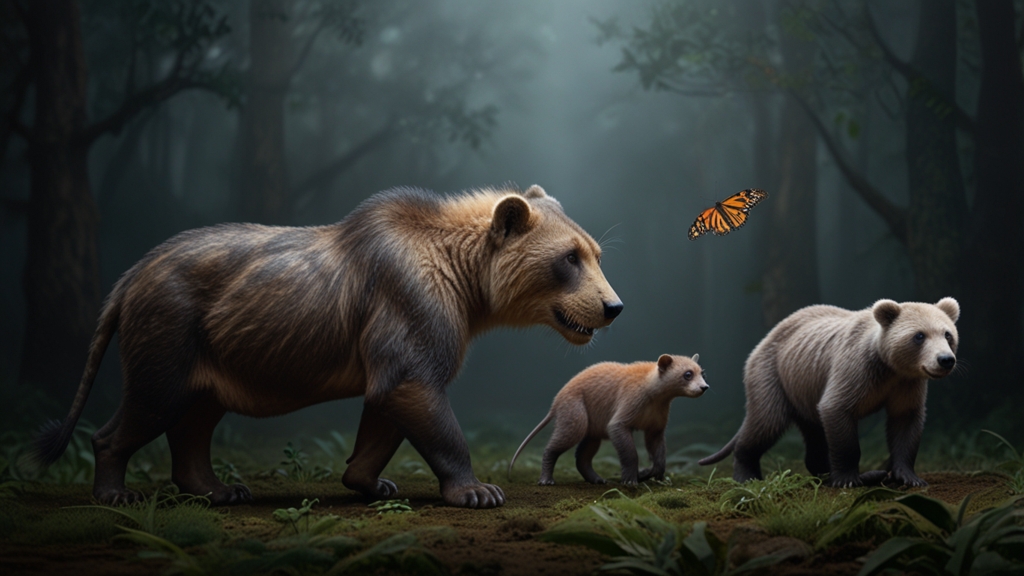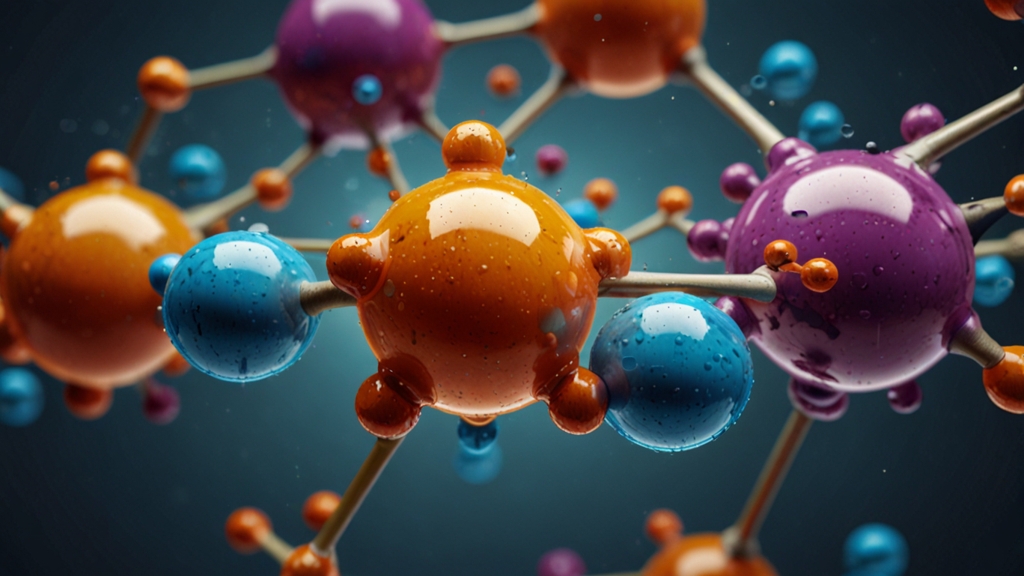The Mammal Evolution Revolution: How These Creatures Adapted Over Millennia
Mammals, a diverse group of animals to which humans belong, have undergone extraordinary changes over millions of years. From tiny, nocturnal creatures scurrying underfoot during the dinosaur era to the dominant life forms on modern Earth, the journey of mammalian evolution is nothing short of spectacular. This article explores key adaptations that have enabled mammals to survive and thrive in various environments.
Early Beginnings
Approximately 225 million years ago, during the late Triassic period, the first true mammals appeared. These primitive creatures, known as Morganucodontids, were small and possibly insectivorous. They lived in a world dominated by gigantic reptiles. An adaptation crucial to their survival was endothermy, or warm-bloodedness, which allowed them to maintain stable internal body temperatures. This capability enabled them to be active at night, a time when predatory reptiles were less active.
“The acquisition of endothermy was a milestone in the evolutionary history of mammals, providing them the metabolic means to inhabit niches unavailable to cold-blooded reptiles.” — Dr. Emily Benton, Evolutionary Biologist
Diversification Post-Dinosaurs
The extinction event 66 million years ago, which wiped out the non-avian dinosaurs, provided an unprecedented opportunity for mammals. With fewer competitors and predators, mammals began to diversify rapidly. This period saw the emergence of various mammalian orders, including primates, cetaceans (whales and dolphins), and ungulates (hoofed animals).
One significant adaptation in this phase was the development of specialized teeth and digestive systems. Herbivorous mammals, for example, evolved complex molars for grinding plant material, while carnivores developed sharp canines and powerful jaws for hunting and meat consumption. The evolution of different dentition enabled mammals to exploit a variety of food sources, furthering their diversification.
Adapting to Aquatic Life
Among the most remarkable evolutionary stories is that of the cetaceans. Originating from terrestrial ancestors, early whales ventured into aquatic environments around 50 million years ago. Through gradual adaptations, they transformed into the fully marine creatures we see today. Key changes included the development of flippers, a streamlined body, and specialized respiratory systems allowing for extended dives underwater.
“Cetaceans are a perfect example of how mammals can drastically adapt to new environments. Their anatomical and physiological changes highlight the plasticity of mammalian evolution.” — Dr. Samuel Hart, Marine Biologist
Flying Mammals
Bats are another extraordinary example of mammalian adaptation. The only mammals capable of sustained flight, bats have diversified into over 1,400 species. Their wings are modified forelimbs, with a thin membrane of skin stretched between elongated fingers. Echolocation, a sophisticated sonar system, allows many bat species to hunt insects at night, showcasing another evolutionary innovation that has contributed to their success.
Human Evolution: A Case Study
The evolution of humans is a complex tale of adaptive traits and survival strategies. From bipedalism to the development of complex brains, early hominins exhibited a series of changes that led to the modern Homo sapiens. A pivotal adaptation was the development of opposable thumbs, enabling tool use and manipulation of the environment in unprecedented ways. Coupled with advanced cognitive capabilities, these physical changes allowed humans to become master innovators and dominators of their environment.
“Human evolution is a testament to the incredible adaptability of mammals. Our journey from tree-dwelling primates to the technological beings of today reflects the power of natural selection and adaptation.” — Dr. Linda Williams, Anthropologist
Conclusion
The story of mammalian evolution is one of dynamic change and remarkable adaptability. From the earliest mammalian ancestors to modern species, these creatures have continuously evolved to fit their environments. Endothermy, diversification, specialized diets, aquatic and aerial adaptations, and advanced cognitive abilities are just a few examples of the evolutionary innovations that have enabled mammals to thrive. As we continue to study these fascinating creatures, we gain deeper insights into the mechanics of evolution and the resilience of life on Earth.






